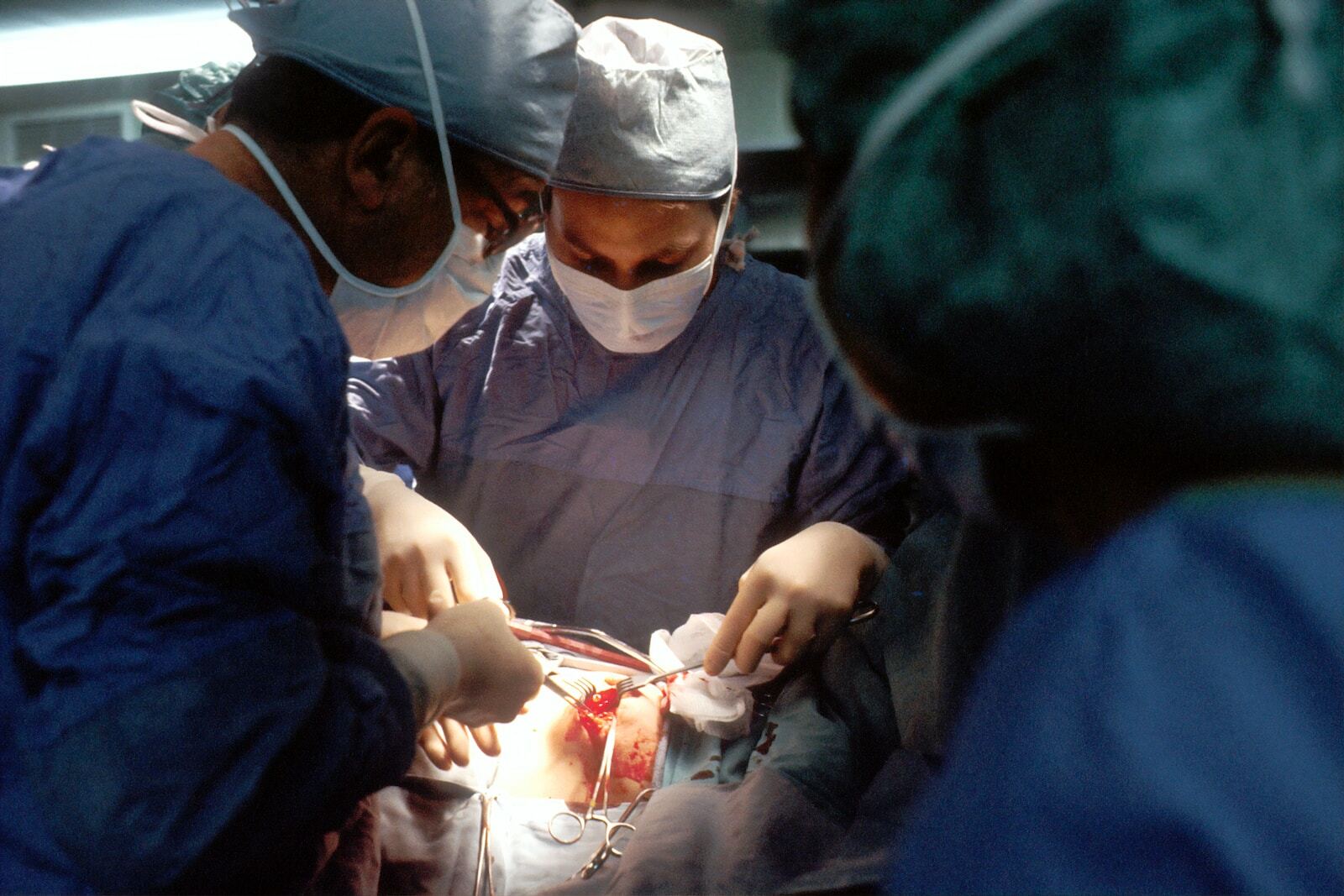
The treatment of earwax impaction, a common ailment affecting millions of people worldwide, has been a topic of interest for both medical professionals and individuals seeking relief. In recent years, there has been a surge in the use of manual instrument ear wax removal techniques, which have gained popularity due to their effectiveness and safety. This article aims to delve into the efficacy studies conducted on manual instrument ear wax removal and shed light on the benefits and limitations of this method.
Before we explore the efficacy of manual instrument ear wax removal, it is important to understand what earwax impaction entails. Earwax, or cerumen, is a natural substance produced by the glands in the ear canal. Its primary function is to trap dust, debris, and harmful bacteria, preventing them from reaching the delicate structures of the ear.
However, in some individuals, earwax can accumulate and become impacted, leading to a range of symptoms such as hearing loss, ear pain, tinnitus, and dizziness. When these symptoms arise, it becomes necessary to remove the earwax safely and effectively.
Earwax impaction can occur due to various factors, including:
Manual instrument ear wax removal has gained traction as a preferred method for treating earwax impaction due to its numerous advantages. Unlike other techniques such as ear syringing or irrigation, which involve the use of water or chemicals, manual instrument removal utilises specialised tools to physically extract the wax build-up.
This method offers greater precision and control, minimising the risks associated with water-based techniques, such as potential damage to the eardrum or ear canal. Furthermore, manual instrument removal allows healthcare professionals to visualise the process, ensuring thorough and effective cleaning.
The specialised tools used in manual instrument ear wax removal include:
It is important to note that manual instrument ear wax removal should only be performed by trained healthcare professionals to ensure safety and effectiveness.
Multiple studies have been conducted to evaluate the efficacy of manual instrument ear wax removal techniques. These studies have consistently shown positive outcomes, supporting the use of this method as an effective solution for earwax impaction.
One study published in the American Journal of Audiology examined the success rate of manual instrument ear wax removal compared to other commonly used techniques. The results revealed that manual instrument removal achieved a higher rate of complete wax removal, reducing symptoms and improving hearing in the majority of cases.
Another study, published in the British Journal of General Practice, analysed the patient satisfaction and preference for different ear wax removal methods. The findings demonstrated that patients who underwent manual instrument removal reported higher satisfaction levels and expressed a preference for this technique over alternatives.
These studies highlight the following benefits of manual instrument ear wax removal:
In addition to these benefits, manual instrument ear wax removal also offers the advantage of immediate results. Individuals often experience relief from symptoms and improved hearing immediately after the procedure.
While manual instrument ear wax removal has proven to be effective and safe in the majority of cases, it is important to acknowledge its limitations.
To ensure the best possible outcome, it is essential for individuals to seek care from qualified healthcare professionals who have experience and expertise in manual instrument ear wax removal.
Manual instrument ear wax removal has emerged as a successful and reliable method for treating earwax impaction. Efficacy studies have consistently demonstrated its effectiveness, highlighting the benefits of this technique in providing relief from symptoms and improving hearing. However, it is essential to ensure that the procedure is performed by trained professionals to minimise the risks and maximise the positive outcomes associated with manual instrument ear wax removal.
By understanding the advantages and limitations of this method, individuals can make informed decisions about their earwax removal treatment, leading to improved quality of life and overall ear health.
On many occasions after providing a full hearing assessment I get asked the question “can…
Microsuction is a safe and effective method for removing earwax and debris from the ear…
Ear wax, also known as cerumen, is a substance that is naturally produced by our…
Ear wax, or cerumen, is a natural substance produced by the ear canal to protect…
Cleaning our ears is an important part of our personal hygiene routine. It not only…
Earwax, also known as cerumen, is a natural substance produced by the ear canal to…
This website uses cookies.